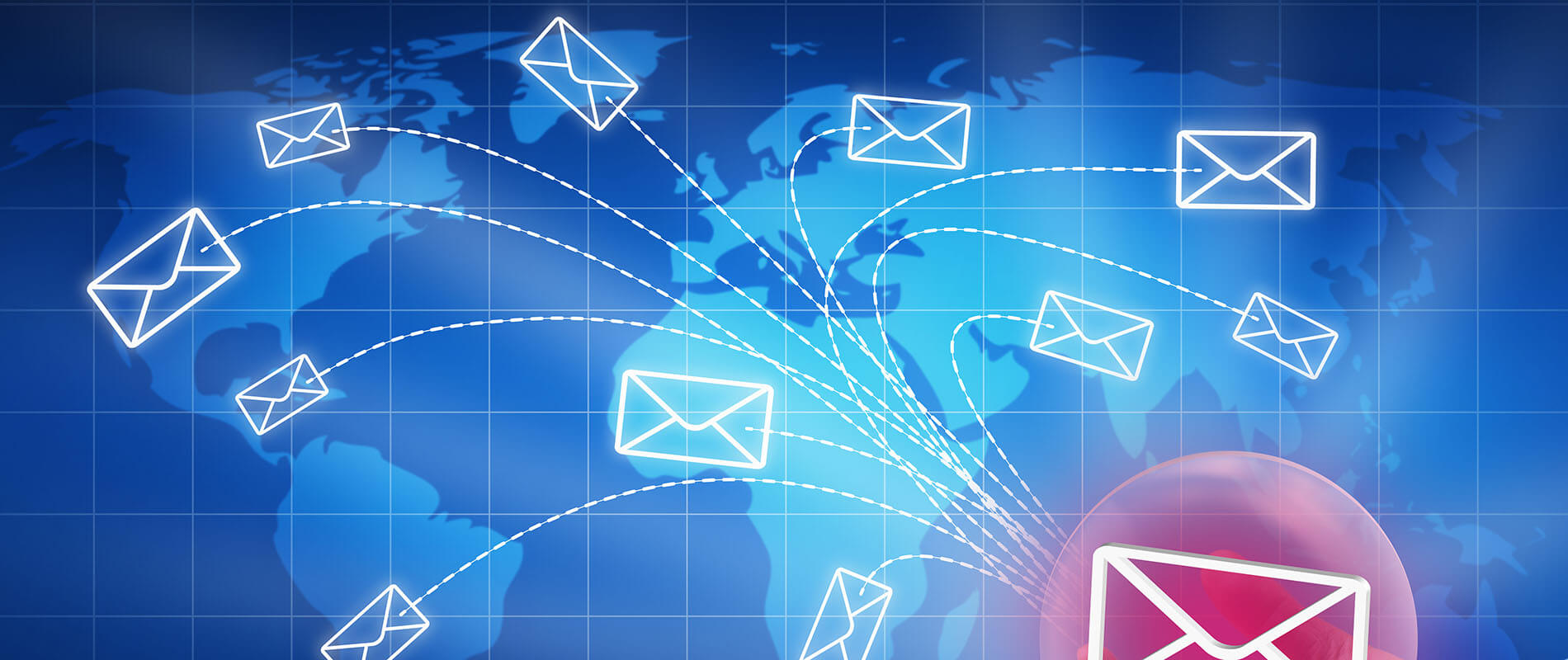
The carbon footprint of an average email is 0.3g CO2e, sent from a laptop to one person.
In reality there is no one answer, as it depends on the type of email sent and the device being used:
- 50g CO2e for an email with an image or attachment.
- 17g CO2e for a long email that you spend 10 minutes writing and the recipient spends 3 minutes reading
- 0.3g CO2e if you are on a laptop
- 0.2g CO2e if you are on a mobile phone
- 0.03g CO2e if it is a spam email that goes into your spam filter and is unread.
These numbers are from the book How Bad Are Bananas by Mike Berners Lee.
What causes these emissions?
Most of the emissions for an email are from the embodied carbon of the device it was sent on, which is why the carbon footprint is smaller on a mobile than a laptop.
A smaller proportion of the emissions come from the electricity used to power the device, the network and data transmission and the data centre where the email is stored.
Why should I care about the carbon footprint of my email?
Our individual carbon footprint due to email may be small, typically between 3kg and 40kg of CO2e per year. But multiply this by the global 3.9 billion email users and that is a lot of pollution!
The number of emails sent is growing each year, and so is the spam so this problem is not going away and is likely to get worse. The average office worker sends approximately 10,000 emails a year! (9,000-15,000 according to 2022 studies).
How can we reduce the carbon footprint of our email?
There are a few things you can do to reduce the carbon footprint of your email.
- Reduce the number of people you copy or bcc – and definitely think before you reply all!
- Send a link not an attachment – get into the habit of embedding a links from your file system e.g. SharePoint or Google Drive rather than sending the document as an attachment. Not only does this reduce the data sent it also reduces all the unnecessary copies of the document too.
- Delete emails – it only takes a small amount of energy to store emails but it all adds up.
- Unsubscribe – if you don’t read a newsletter unsubscribe!
Send fewer emails
And, finally, send fewer emails – just send one less email per day, is that final thank you email really necessary?
According to OVO Energy in a 2019 press release there are: over 64 million unnecessary emails sent by people in the United Kingdom every day. These consist of unactionable one or two word pleasantries such as ‘thank you’ and ‘thanks’ which top the list of the most regularly sent unnecessary emails.

Each UK adult sending one less ‘thank you’ email a day, would save over 16,433 tonnes of carbon a year – the same as 81,152 flights to Madrid or taking 3,334 diesel cars off the road
Stay in the know
Sign up for our mailing list – we’ll share industry insights, product updates and company news.
"*" indicates required fields


